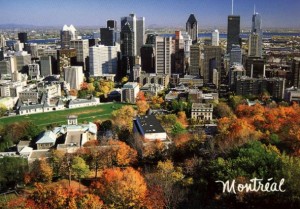 Montreal Population
Montreal Population
The current population of the city of Montreal is estimated to be over 1.65 million people, which is an increase of over 1.8% from the last record of the population. Montreal is the largest city in Quebec, the second largest city in all of Canada, and the fifteenth largest city in all of North America. Based on the total land area and the total population of the city, the population density of Montreal is estimated to be about 11,700 people per square mile.
Demographics in Montreal
The population of the city of Montreal is made up of many different European backgrounds and many different ethnicities. The largest European ethnicity is the French ethnicity, which makes up about 23% of the population. Italians make up about 10% of the population. Overall, about 26% of the population is considered to be a visible minority. The largest visible minority is those who identify as Black, making up about 8% of the population. About 4% of the population identify as an Arab. Also, about 21% of the population is made up of immigrants, and of these immigrants, only 21% are male. 94% of the people living in Montreal are actually Canadian citizens though.
Religion in Montreal
The majority of the people in the country practice Christianity, as it makes up about 85% of the population. However, the largest Christian denomination is Roman Catholicism., making up about 75% of the population The Jewish population makes up about 3% of the population. Those who identify as Muslim make up about 3% of the population. While there are much more of the population that identifies as religious, the actual percentage of people that weekly attend religious services is less than the average city in Canada.
Sports in Montreal
There are three major professional teams in the city of Montreal: the Montreal Canadians, the Montreal Alouettes, and the Montreal Impact. The Canadians are a part of the National Hockey League and has been since 1909. The team had won 24 championships between the years 1916 and 1993. The Alouettes are a part of the Canadian Football League. The most recent championship that the team won was in 2010. Lastly, the Impact are members of the Major League Soccer in North America. This team was founded in the year 1993.
Art and Culture in Montreal
Montreal is a premiere international destination for the arts and home to many art galleries and museums. The city is a cultural Mecca, and well-known spots include the Musée des beaux-arts de Montréal and the Musée d’art contemporain de Montréal. The city also boasts many smaller established artist-run centers and galleries. Visitors to Montréal are often surprised with how comfortable the city is. At 3.8 million, it is big enough to be interesting, but its relaxed pace, safe neighborhoods, and easy-going attitude make it a pleasure to explore.
Montreal in 2 Minutes
Historical Population of Montreal
Historically, the population has shown varying ranges of population growth. The city of Montreal reached a peak population in the 1960s of about 1.26 million people. From there, the population began to decrease until 2002 when the merger happened and the municipalities were reorganized. Ever since the merger, the population has increased and continued that trend.
| Year | Population |
| 1901 | 267,730 |
| 1911 | 467,986 |
| 1921 | 618,506 |
| 1931 | 818,577 |
| 1941 | 903,077 |
| 1951 | 1,036,542 |
| 1961 | 1,257,537 |
| 1971 | 1,214,352 |
| 1981 | 1,018,609 |
| 1991 | 1,017,666 |
| 2001 | 1,039,534 |
| 2006 | 1,620,693 |
Population Projections of Montreal
The population of Montreal is projected to continue this recent trend of positive population growth.
| Year | Population | Percent Increase |
| 2016 | 1,979,241 | 19.95% |
| 2021 | 2,022,532 | 2.2% |
| 2026 | 2,061,774 | 1.9% |
| 2031 | 2,100,826 | 1.9% |
Other Resources
More about Montreal Population Statistics and Demographics in 2013.



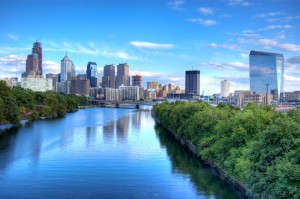 Philadelphia Population 2013
Philadelphia Population 2013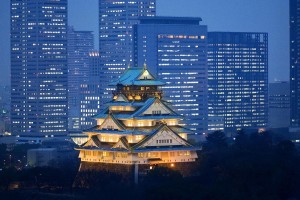 Osaka Population 2013
Osaka Population 2013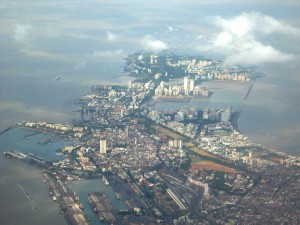 Mumbai Population 2013
Mumbai Population 2013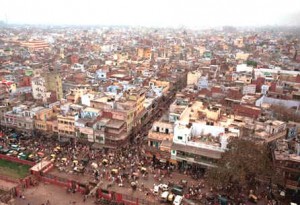 Delhi Population 2013
Delhi Population 2013